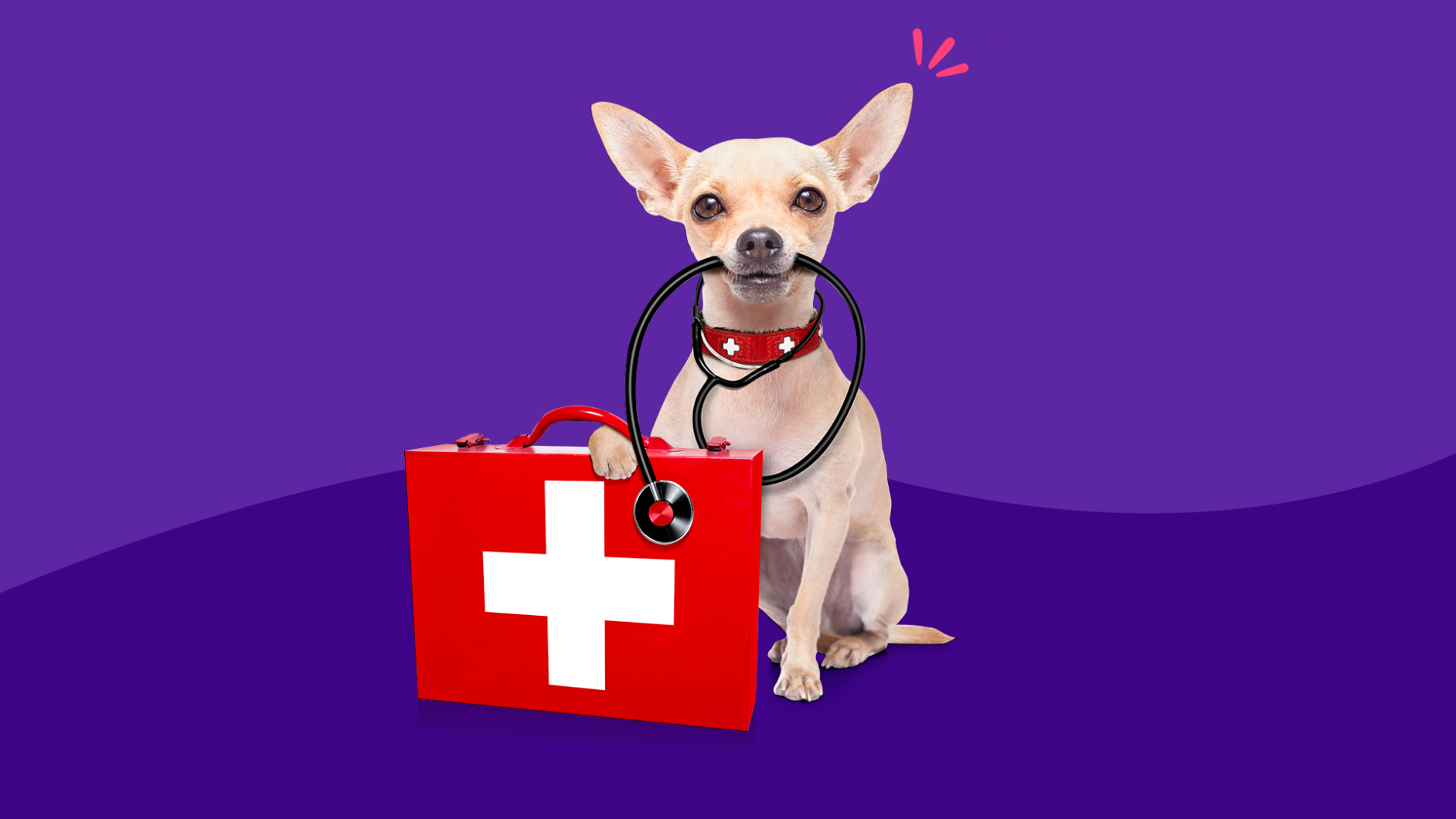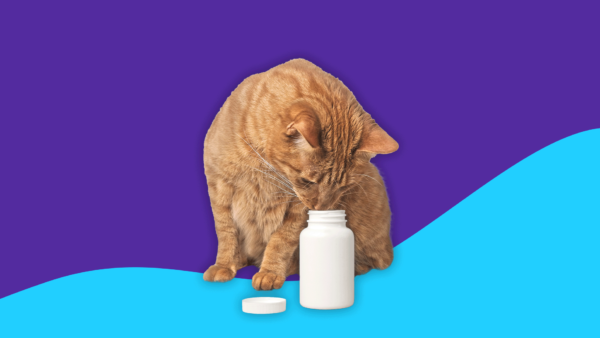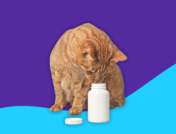You call them your fur babies because they’re a part of your family. Your pets go everywhere with you—and you should be prepared to care for them just as you would any other human member. Whether you’re at an outdoor cafe or playing in the park, “accidents happen and they can be serious,” explains Jim D. Carlson, DVM, a small animal holistic veterinarian and owner of Riverside Animal Clinic in Illinois. “Having the ability to provide some kind of pet-specific treatment on the way to a clinic is very important and can save your pet’s life or reduce the impact of their injury.”
Pets have access to better medical care than ever before—from veterinary specialists to emergency vets that are accessible around the clock. It’s scary to think about your pet being injured, but being prepared with supplies can make a big difference.
You can easily put together a first aid kit for pets using supplies that are available at your local pharmacy. Then, even if the worst happens, you’re ready to protect your furry friend.
What should be in first aid kits for pets?
Jamie Richardson, DVM, a small animal veterinarian with Small Door Vet, offers a comprehensive list of supplies you want to have available in your pets first aid kit. Pack them into a portable bag, and keep them in your car or with you on long walks. You may be able to save money on the following cat and dog first aid kit supplies if a veterinarian prescribes them for your pet.
1. Paperwork
Make sure to keep your pet’s immunization records close at hand. If your pet needs emergency veterinary attention, “you will need to prove your pet’s immunity from diseases, especially rabies,” says Dr. Carlson. If you keep it with the rest of your first aid supplies, it will be easily accessible—just in case.
2. Bandages
Dr. Richardson recommends sterile non-stick gauze pads (both 2″ and 4″), self-sticking bandage material, roll gauze, and medical tape. With these sizes, you’ll be able to dress any type of wound—whether it’s an animal bite or a larger injury. Self-sticking bandages keep wounds covered, without adhering to your pet’s fur.
3. A small pair of scissors
You’ll need these to cut the gauze and tape. Or, if you run out of bandages, you can fashion a makeshift one by cutting whatever fabric is nearby.
4. Wound cleaning supplies
This can include wound care spray (specifically for pets), or iodine cleaning wipes, like Dynarex povidone iodine prep pads. Wound sprays are designed for minor injuries such as small cuts, sores, and abrasions. They are safe for your dog if licked or ingested. They help to promote healing and provide pain and itch relief for your pet. Follow spray instructions for how to apply and frequency of application. Hydrogen peroxide, rubbing alcohol, or Epsom salts should not be used on wounds because they are irritating to tissue or unnecessarily painful for your pet.
5. Sterile gloves
To help protect your injured pet and reduce the likelihood of introducing additional bacteria into a wound, it’s a good idea to have and wear sterile gloves when administering first aid.
6. Antibiotic ointment
Dr. Richardson recommends Curad Germ Shield. Over-the-counter Neosporin ointment available at your local pharmacy is generally considered safe to use on dogs in small amounts and can help to kill bacteria and promote healing—but supervise your pet, or securely cover the wound, to prevent them from licking the ointment off.
7. Eye wash
If your pet ever has debris in its eyes, a rinse like this can help to flush it out. Dr. Richardson recommends one like Bausch and Lomb Advanced Eye Relief Eye Wash. This can be purchased over the counter at any human pharmacy.
RELATED: Mediwash Eye Irrigant coupons
8. A small instant ice pack
Ice packs are helpful to have in your first aid kit to alleviate swelling while you are on the way to your veterinarian. Swelling can be from a traumatic injury, a bug bite, or insect sting. Ice packs wrapped in a towel or shirt can provide soothing comfort and reduce swelling—just make sure to never place ice directly on your pet’s skin.
9. Tweezers
Tweezers can be helpful for removing small foreign objects from your dog’s skin and coat. They are also useful for removing ticks. If you live in or travel to an area of the country where ticks are common you may also want to include a “tick key” or tick remover, which are available at most pharmacies.
10. Thermometer
Ask your vet what a healthy temperature is, and how to safely use a thermometer at home without injuring your pet. Dr. Richardson recommends a soft-tipped rectal thermometer for your first aid kit.
If your pet has a fever you should seek veterinary care right away. Do not attempt to treat with over-the-counter human medications as they can be poisonous to pets. Focus on keeping your pet hydrated by encouraging them to drink small amounts of water regularly until you can get an appointment.
11. Splinting supplies
If you and your dog do a lot of outdoor activities, like hiking, Dr. Richardson also recommends adding a parachute cord, a mylar emergency blanket, paramedic shears, and a flexible splint because they can be easily stored and rolled up into your first aid kit.
These can be useful for stabilizing and transporting a dog that has been more seriously injured when hiking until you can get back to your vehicle and seek veterinary care.
12. Muzzle
It’s also a good idea to have a muzzle in your kit—even if your pet is normally well-behaved, Dr. Carlson adds. “Animals that are injured and frightened may act unpredictably,” he says. “Many owners are injured while trying to help their pet. A muzzle may seem like the last thing you’d ever need, but you may be surprised at your pet’s response to pain or being handled in an emergency.”
Then, seek help
First aid kits should never replace proper veterinary care. Even with a first aid kit, if your pet is injured, it’s important to contact your veterinarian or a veterinary hospital as soon as possible.











